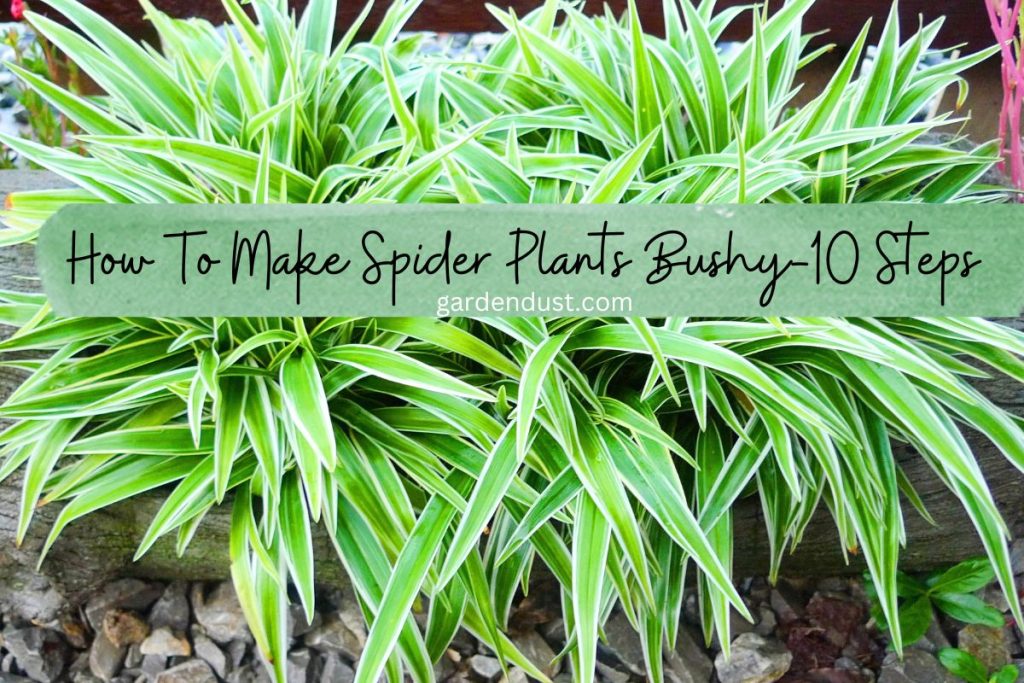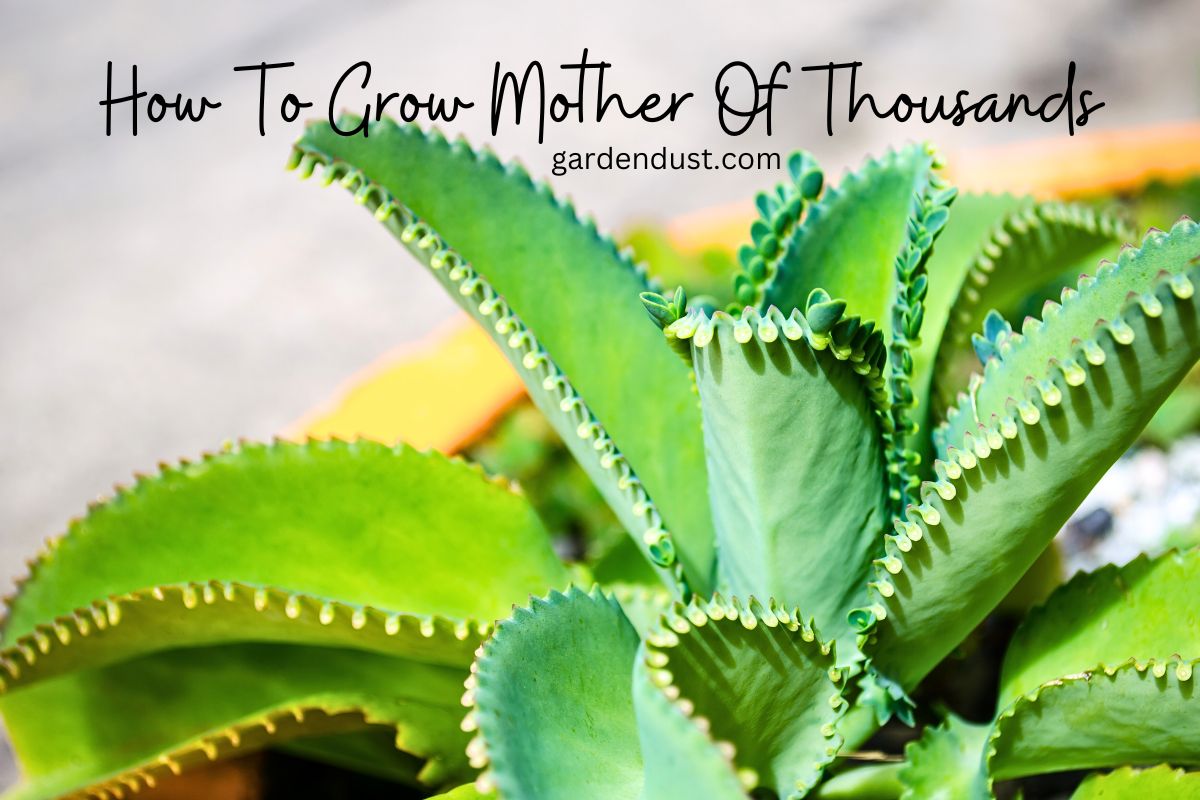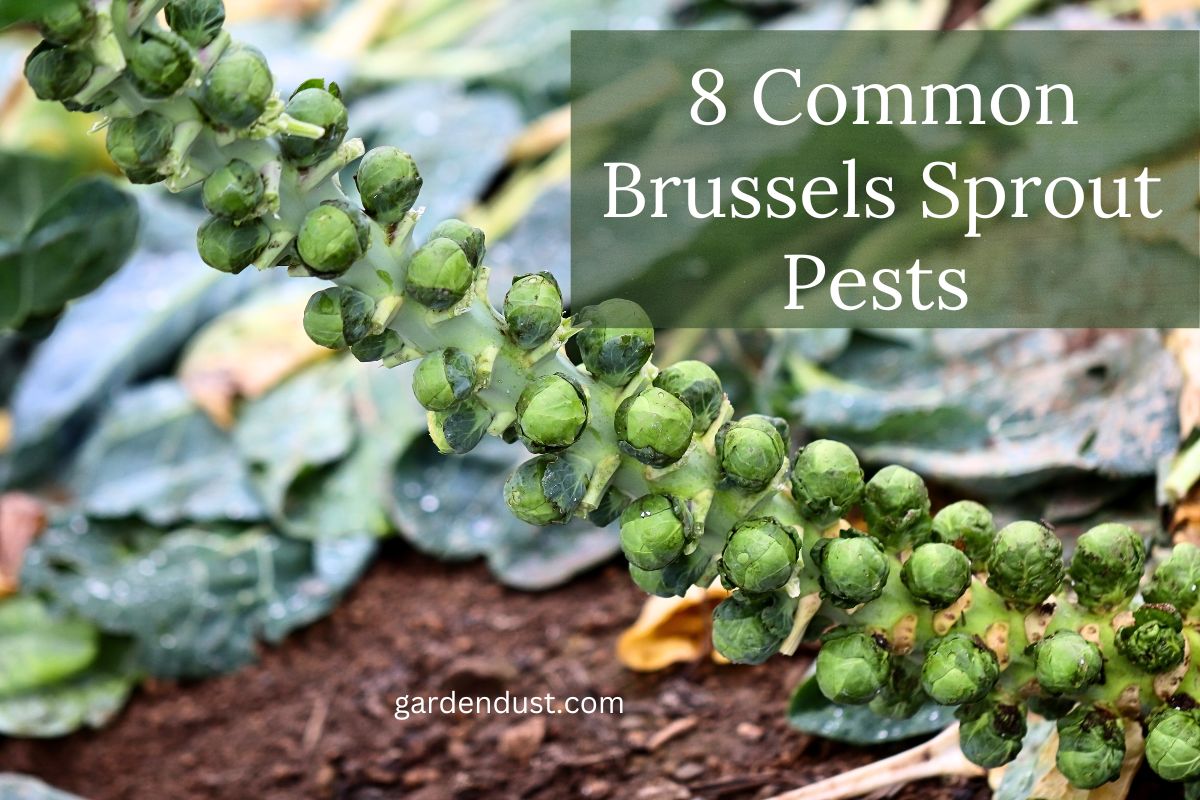Spider plants (Chlorophytum comosum) are cherished for their resilience, air-purifying qualities, and the charming spiderettes that dangle from arching stems. While they are generally low-maintenance, some plant enthusiasts seek ways to encourage bushier growth for a fuller and more vibrant appearance. In this comprehensive guide, we will delve into How To Make Spider Plants Bushy-10 Steps and thriving spider plant. Let’s start…
Step 1: Selecting the Right Pot and Soil
The foundation of a healthy spider plant begins with the right pot and soil. Opt for a well-draining pot with drainage holes to prevent waterlogged roots, as spider plants prefer slightly moist but not soggy conditions. Choose a high-quality, well-aerated potting mix with a blend of peat, perlite, and vermiculite. This combination provides the ideal balance of moisture retention and drainage for your spider plant.
Step 2: Adequate Lighting
Spider plants are adaptable to various light conditions, but to encourage bushier growth, provide them with bright, indirect light. Place your spider plant near a north or east-facing window where it can receive filtered sunlight. Avoid exposing the plant to direct sunlight for extended periods, as this can lead to scorching. If natural light is limited, consider supplementing with fluorescent grow lights to ensure your spider plant gets the light it needs for optimal growth.
Step 3: Proper Watering Practices
Establishing a consistent watering routine is crucial for the well-being of your spider plant. Allow the top inch of the soil to dry out between waterings, and water thoroughly when needed. Avoid overwatering, as this can lead to root rot. Keep in mind that spider plants are more forgiving of underwatering than overwatering. Use a saucer under the pot to catch excess water, preventing the plant from sitting in standing water.
READ ALSO:-How To Create A Bee-Friendly Garden?
Step 4: Maintain Humidity
Spider plants thrive in moderate humidity levels. If you live in a dry climate or during the winter months when indoor heating can reduce humidity, consider increasing moisture around your spider plant. Grouping plants together, placing a tray of water nearby, or using a humidifier can help maintain the humidity levels necessary for bushy growth.
Step 5: Pruning and Removing Spiderettes
Regular pruning is essential for encouraging bushiness in spider plants. Trim any yellow or brown leaves and remove spent flowers to redirect the plant’s energy toward new growth. Additionally, snip off spiderettes (small offshoots with roots) once they reach a decent size. By removing these offshoots, you encourage the main plant to produce more foliage, resulting in a denser and bushier appearance.
Step 6: Fertilize Wisely
Spider plants don’t require excessive fertilization, but providing them with a balanced, water-soluble fertilizer during the growing season can enhance their overall health and encourage bushier growth. Apply a diluted fertilizer every 2-4 weeks, following the manufacturer’s instructions. During the dormant winter months, reduce or eliminate fertilization as the plant’s growth slows down.
Step 7: Rotate the Plant
To ensure even growth and prevent your spider plant from leaning toward the light source, rotate it regularly. Turning the pot every 2-3 weeks helps the plant receive sunlight evenly on all sides, promoting balanced and bushy development.
Step 8: Root Health and Pot Size
Check the root system periodically and repot the spider plant if it becomes root-bound. When repotting, select a pot that is one size larger than the current one to provide ample space for the roots to expand. Healthy roots contribute to a thriving plant, and by maintaining optimal root conditions, you encourage robust and bushy growth.
Step 9: Temperature Considerations
Spider plants prefer temperatures between 65°F to 75°F (18°C to 24°C). Avoid exposing them to drafts, extreme temperature fluctuations, or cold air, as this can stress the plant and impede its growth. Consistent temperatures within the preferred range contribute to overall plant health and encourage bushier foliage.
Step 10: Patience and Observation
Cultivating a bushy spider plant requires patience and keen observation. Each plant is unique, and factors such as individual growth rates, environmental conditions, and care routines can influence the rate of bushy growth. Regularly inspect your spider plant for signs of stress, pests, or nutrient deficiencies, and adjust your care routine accordingly.
Achieving a lush and bushy spider plant is a rewarding endeavor that involves a combination of proper care, attention to detail, and patience. By following these 10 steps, you can create an optimal environment for your spider plant to flourish, resulting in a captivating display of arching leaves and cascading spiderettes. Embrace the joy of nurturing your spider plant, and watch as it transforms into a beautiful, bushy centerpiece for your indoor space. Happy Gardening….






